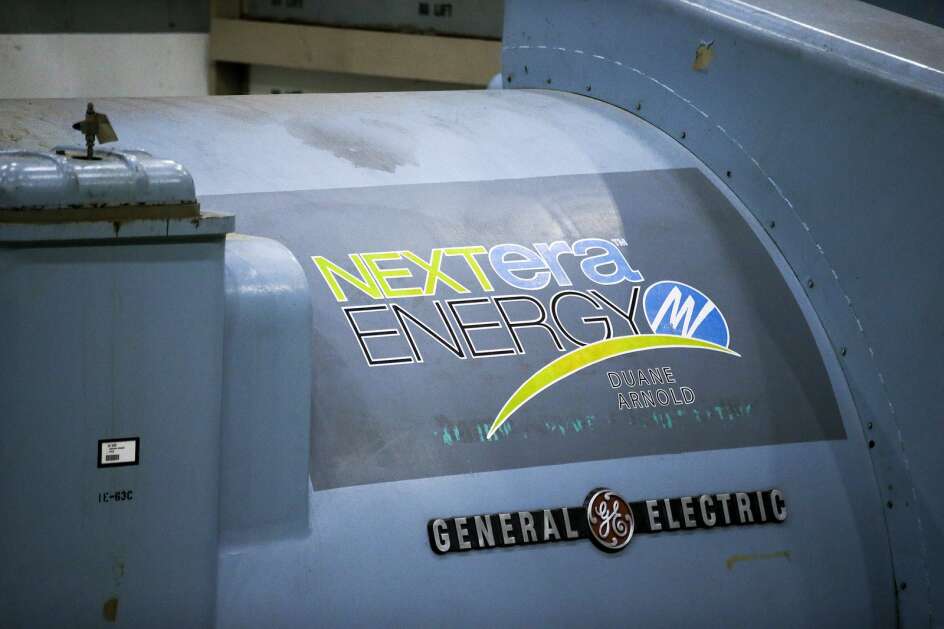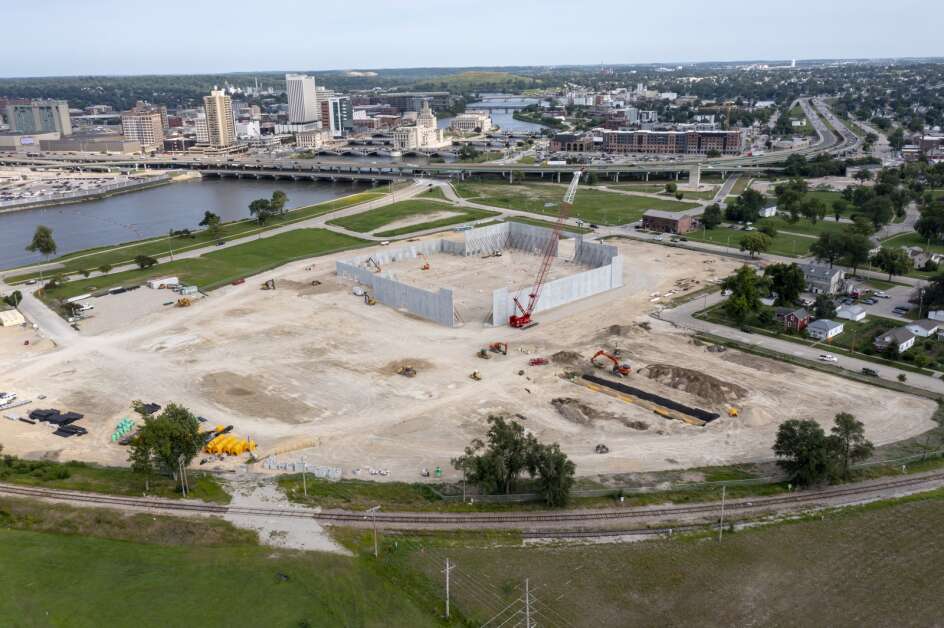The Gazette offers audio versions of articles using Instaread. Some words may be mispronounced.
The Duane Arnold Energy Center’s nuclear reactor near Cedar Rapids shut permanently in August 2020, and the site was slated for decommissioning.
The rapid growth of renewable energy (mostly wind power) now accounting for over 62% of the state’s electricity generated, has easily replaced the 9% produced by Duane Arnold. The long process of decommissioning the reactor began, and plant owner Next Era Energy Resources began installing solar energy at the site.
But several months ago, NextEra filed a license change with federal regulators to restart Duane Arnold by late 2028. While 40 U.S. power reactors have shut permanently, none have ever restarted. Extensive and costly mechanical upgrades would be required to operate the plant. More importantly, an environmental contaminant that poses health threats to the local population would be reintroduced.
Like all nuclear reactors, Duane Arnold generates over 100 radioactive chemicals. These gases and metal particles are only created when reactors operate and when atomic bombs explode. These chemicals are waste products, and most are stored at the plant.
But some radioactive waste is routinely released. It becomes part of the food chain, and enter human bodies, raising the risk of cancer and other diseases. Radioactivity is especially harmful to the fetus and infant.
Local risks of cancer and other diseases near Duane Arnold have been a concern since the reactor began operating in the mid-1970s. But nearly five years have passed since shutdown. An important question on the future of the plant is whether local health has improved since 2020 — especially among infants, who are most sensitive to radiation exposure, and thus more likely to immediately benefit from the removal of this environmental hazard.
According to CDC data, since 2020 the infant death rate in Linn and Johnson counties fell 16.4%, compared to declines of just 8.9% in other Iowa counties and 0.6% nationwide. The rate of babies born prematurely — who are more likely to have health problems — fell even more sharply (down 20.5%), versus
increases
elsewhere in Iowa and the U.S. (up 4.5% and 0.9%).
Multiple factors may contribute to these trends. But most of them — such as improvements in health care, housing conditions, and diets — were not likely to have changed abruptly in the two-county area after 2020. Removal of routine exposures to harmful radioactivity to local residents — including mothers — was an abrupt change, and must be considered as a potential factor. Other studies near closed reactors have found similar patterns.
Iowa generates more than enough electricity to satisfy its needs through current sources, so some of the electricity is sold to other states. Returning an old, brittle reactor like Duane Arnold would likely cost rate payers large amounts to cover costs of upgrades, and would pose an added risk to local health — for just 9% of the state’s electricity. Thus, the reactor should remain closed, and the process of decommissioning should proceed.
Joseph Mangano MPH MBA is an epidemiologist and is executive director of the Radiation and Public Health Project.






